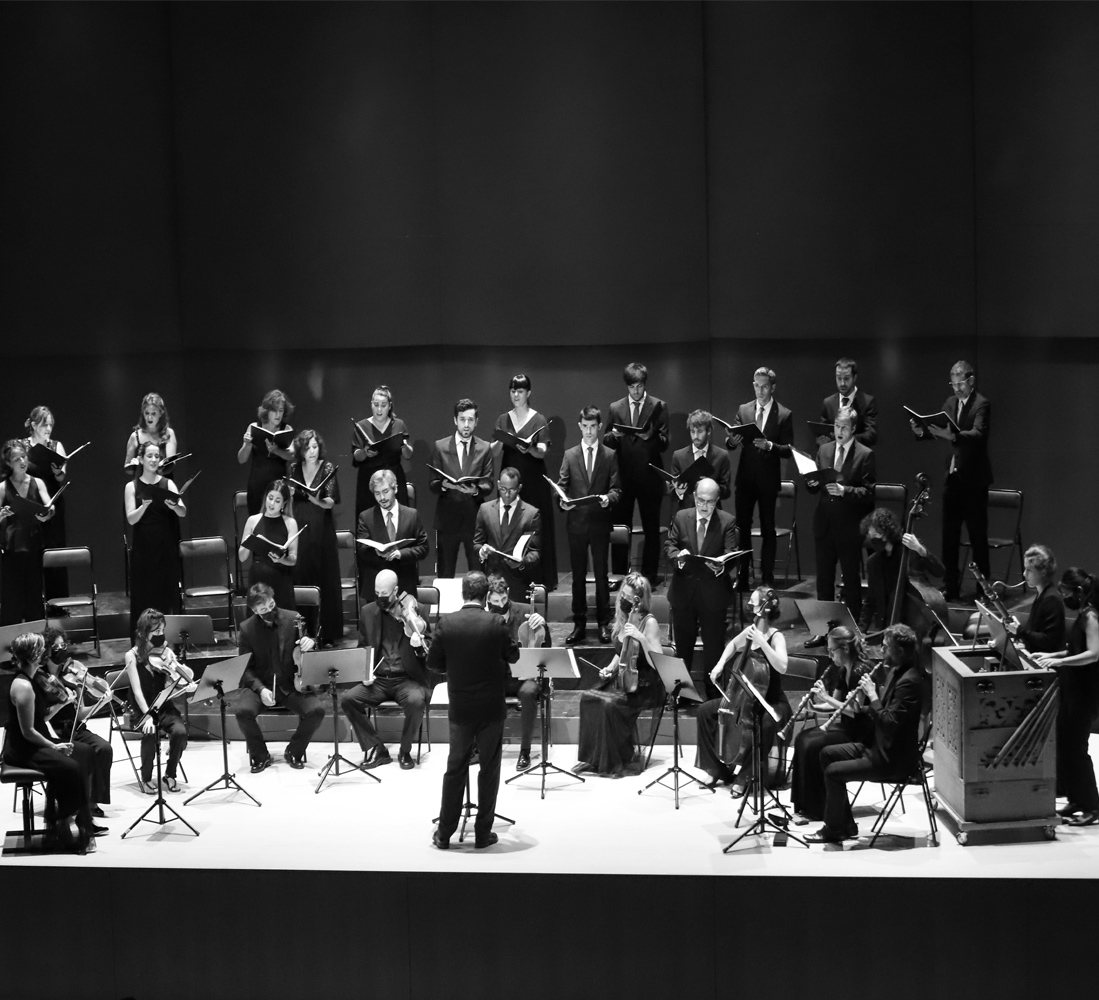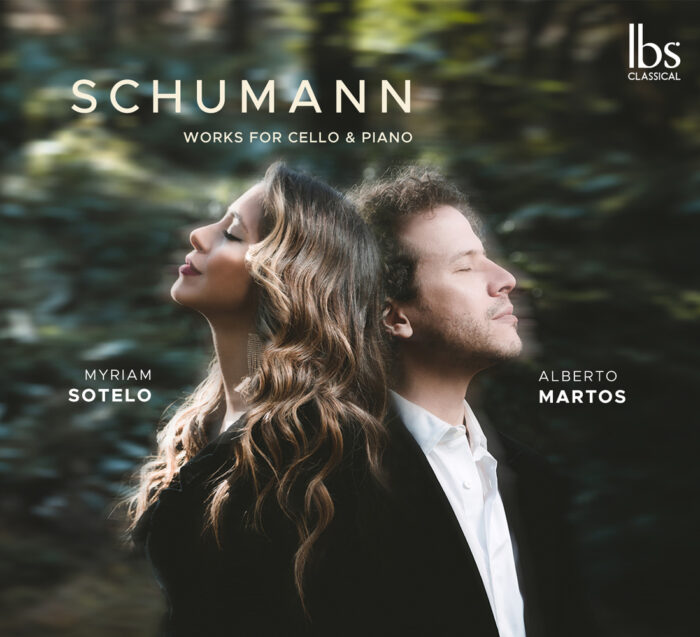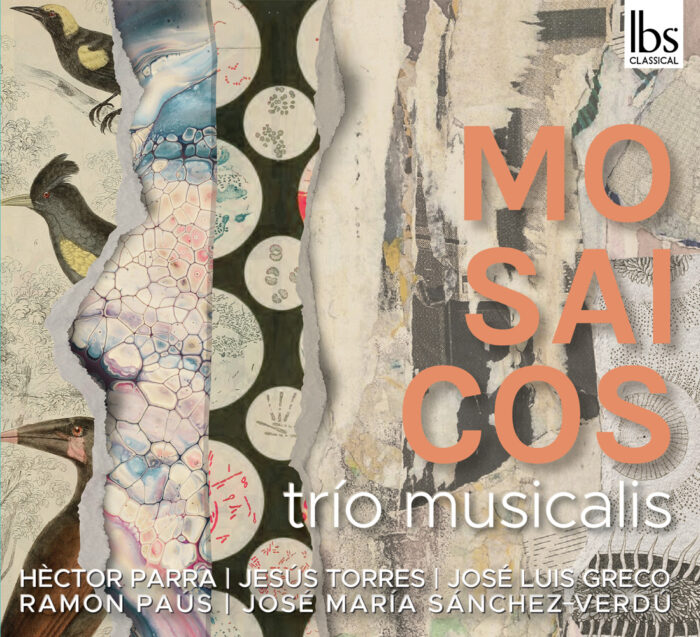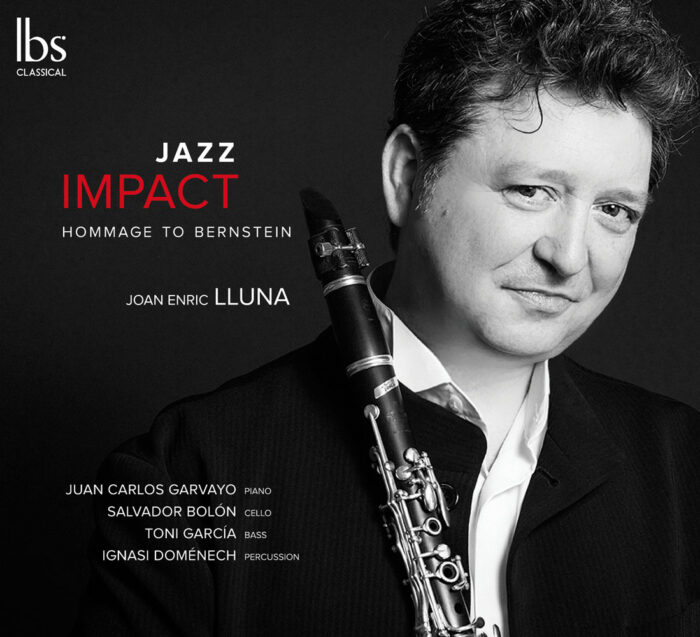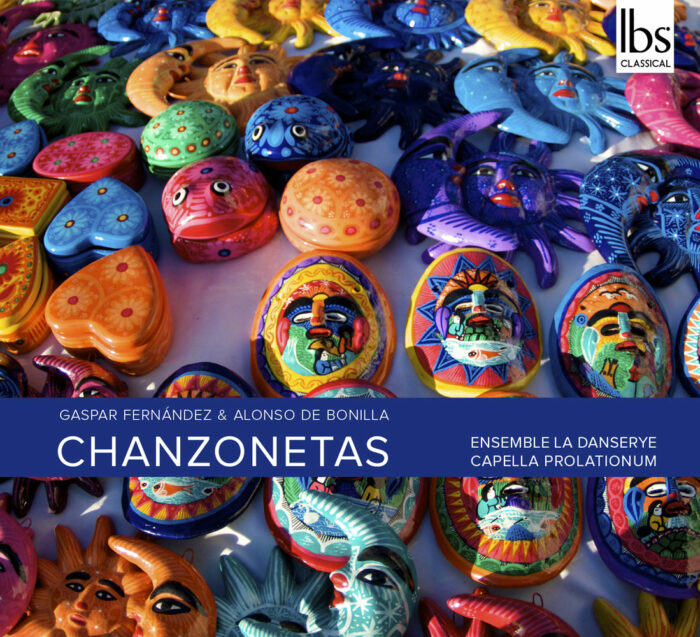Membra Jesu Nostri
14,95€
Masterpiece that shows the immense talent of a musician who is fundamental to understanding the evolution of German music throughout the 17th century and, very particularly, that of religious music. Music of spiritual edification, music of mystical inspiration -almost an exercise in contemplation or adoration- that, following the words that the composer himself writes on the cover of the manuscript of the score, must be sung with the humblest devotion, wholeheartedly. (“humble Totius Cordis Devotione decantata”). In 1680 Buxtehude composes the cycle entitled Membra Jesu nostri, when Bach was not yet born. It was still almost 45 years before he wrote the first of two of his known passions, the St. John Passion. But with the composition of that music sheet, Buxtehude marks a before and after in the repertoire of music related to the Passion of Christ.
14,95€
Membra Jesu Nostri
Music of spiritual edification, music of mystical inspiration -almost an exercise in contemplation or adoration- that, following the words that the composer himself writes on the cover of the manuscript of the score, must be sung with the humblest devotion, wholeheartedly. (“humble Totius Cordis Devotione decantata”). As we said, the work is structured in seven cantatas that, respectively, refer to the feet, the knees, the hands, the side, the chest, the heart and the face of the Crucified. Each of the seven cantatas presents, almost in a strictly parallel way, an internal structure in the form of “sonata-chorus-aria-chorus” that gives the work a careful symmetry and a particular unity, one and the other reinforced respectively by the tonal choice of the first and seventh cantatas, both composed in C minor, and by the annotations “In nomine Jesu” and “Soli Deo Gloria” that the author writes at the beginning and at the end of both cantatas. The sonata is always written in 3 voices and serves as an introduction to the cantata, also presenting, in some cases, the sound material that the following tutti and solo parts will reuse. The choirs of cantatas I, II, III, IV and VII are written for 5 voices, those of cantatas V and VI, for 3, and all of them except for cantata VII are repeated after the aria, thus reinforcing the internal and external structure of the work. Finally, each aria is divided into three verses that present the same continuous bass and close with the same ritornello. This form of concertante cantata structure is part of a global architecture very typical of the 17th century and very common in the work of Dieterich Buxtehude. Evidently, and as will be seen below, this structural choice is directly related to the selection plan of the texts that the author is going to set to music. We do not know if it was Buxtehude himself who made the selection of the texts used for the composition of the work, but it is evident that the selection work shows great care in its compilation and organization.
Conductus Ensemble
Since its foundation, Conductus Ensemble has been decidedly inclined towards sacred music of the Baroque and very especially towards German baroque music whose greatest exponent is, without a doubt, Johann Sebastian Bach. Throughout these 20 years of existence, it has been their music that has starred in most of the programs that the group has offered. Among them are a large number of his sacred cantatas and practically all of his great choral works: Mass in B minor, Missas Brevis, Passions, Magnificat or the complete motets. In addition to Bach’s music, the work that the group has developed in the world of German baroque includes the study and interpretation of works by less well-known and programmed authors than Bach but who shared the musical environment that he lived in. This is how we have worked with music by authors usually reserved for specialized audiences such as Reinhard Keizer, Carl Heinrich Graun or Gottfried Heinrich Stölzel, or some other better-known such as Johann Pachelbel or Dieterich Buxtehude. The latter, the most important musician among all of them and the one who had the most influence on Bach’s work. In 1680 Buxtehude composes the cycle entitled Membra Jesu nostri, when Bach was not yet born. It was still almost 45 years before he wrote the first of two of his known passions, the St. John Passion. But with the composition of that music sheet, Buxtehude marks a before and after in the repertoire of music related to the Passion of Christ. Some authors consider that Membra is an embryo of the cantatas and oratorios, especially the Passions, which mark German baroque music. It therefore makes sense that this embryo is the object of the group’s first foray into the world of studio recording. Serve this sound document as a testimony of the work of the formation and as a tribute to all those people who have made this project possible over the years, and, at the same time, serve as an instrument for its artistic development.


